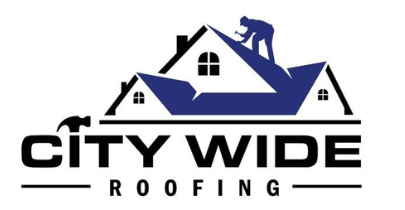As buildings become increasingly sophisticated, so too does the need for advanced and efficient technologies to manage their thermal environments.
The advent of cool roof technology has brought forth a new era in building design, significantly impacting energy efficiency and sustainability in construction.
This technology, which employs reflective roofing materials to reduce heat absorption, is revolutionizing not only how buildings are designed but also how they function within their surrounding ecosystem.
The implications of this cutting-edge technology extend far beyond improving individual building performance. It offers vast benefits including decreased urban heat island effects, reduced greenhouse gas emissions, and substantial savings on energy costs.
As such, staying abreast with the latest developments in cool roof technology is essential for architects, engineers, builders and stakeholders invested in sustainable construction practices.
This article delves into these cooling trends and explores how they are shaping the future of construction industry towards a more sustainable paradigm.
Innovative Approaches to Energy Efficiency in Buildings
Pioneering strategies in energy efficiency have transformed the architectural landscape, turning edifices into silent warriors against climate change, their cool roofs reflecting heat with an audacity that rivals the sun’s own intensity.
The advent of cool roof technology and design has marked a significant stride in achieving energy efficiency in buildings, integrating both aesthetic elements and functionality to create structures that not only add value to urban landscapes but also contribute positively to environmental sustainability.
This innovative approach incorporates highly reflective materials that enable roofs to absorb less heat and significantly reduce building cooling costs. Additionally, these designs deploy advanced thermal emittance properties that allow rooftops to radiate absorbed heat back into the atmosphere effectively. Thus, the combination of these technologies can substantially mitigate Urban Heat Island (UHI) effects while significantly improving indoor air quality.
The development of such innovative solutions is anchored on interdisciplinary research which combines principles from material science, thermodynamics and architecture engineering.
Modern cool roof systems are characterized by high solar reflectance (albedo), where they reflect more sunlight than traditional roofs – thereby absorbing less heat and staying cooler under direct sunlight. Research indicates that increasing a roof’s solar reflectance from 20% to 60% can result in an average decrease of up to 20°C in surface temperature during peak summer conditions. Subsequently, this enormous reduction in temperature directly translates into decreased demand for interior cooling thus leading to significant energy savings.
Furthermore, by adopting such innovative approaches towards designing buildings focused on energy-efficiency and thermal comfort; architects, designers and planners are not just contributing towards mitigating global warming but also fostering a sense of belonging for those who inhabit these spaces – making them active participants in the fight against climate change.
The Impact of Advanced Construction Methods on Sustainability and Savings
Advanced construction methods have emerged as a significant contributor to sustainability and cost savings, transforming the landscape of contemporary building practices. These methods, often rooted in advanced technology and innovative design principles, can significantly reduce energy consumption in buildings while also lowering construction costs.
The use of these techniques not only responds to growing environmental concerns but also caters to an increasing demand for sustainable living spaces that are economically viable.
One primary advantage of these advanced construction methods is the integration of cool roof technology into building design. Cool roofs utilize reflective materials or coatings to absorb less heat and reflect more sunlight than standard roofs, thereby reducing energy costs associated with cooling buildings. Additionally, they contribute to mitigating urban heat island effects, thus enhancing overall environmental quality.
Cool roof technologies can lower surface temperatures by up to 50°F (28°C), reducing energy use and improving comfort for building occupants.
Implementing cool roof designs often involves minimal additional expense compared to traditional roofing methods but offers substantial long-term savings through reduced energy consumption.
Advanced construction practices incorporating cool roofing can contribute towards achieving green building certifications such as LEED or BREEAM, which may increase property values and attract environmentally-conscious tenants or buyers.
The alignment of these eco-friendly practices with financial considerations represents a paradigm shift from conventional thinking associating sustainability with high costs. By integrating modern construction methodologies like cool roofing into their projects, developers can deliver both economic value and environmental benefits – fostering a sense of community belonging among residents who share a commitment to sustainable living practices.


